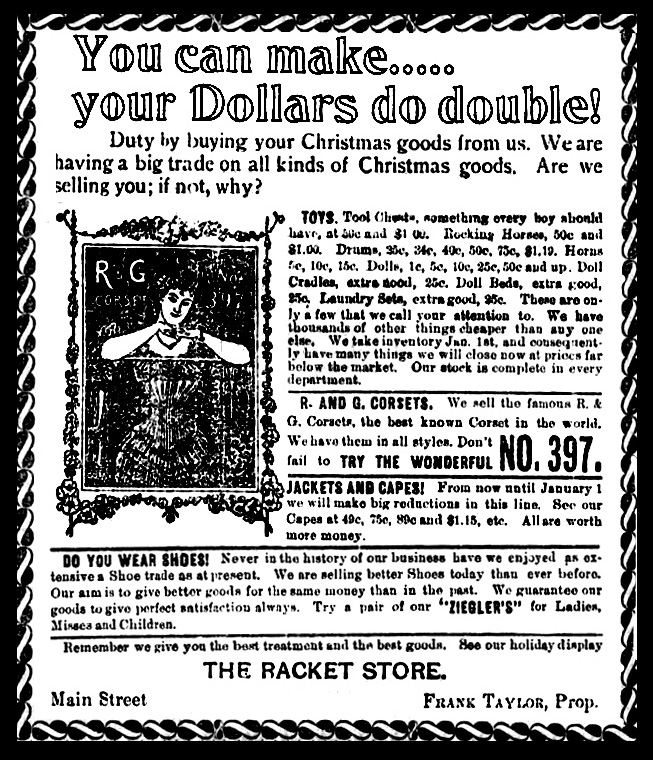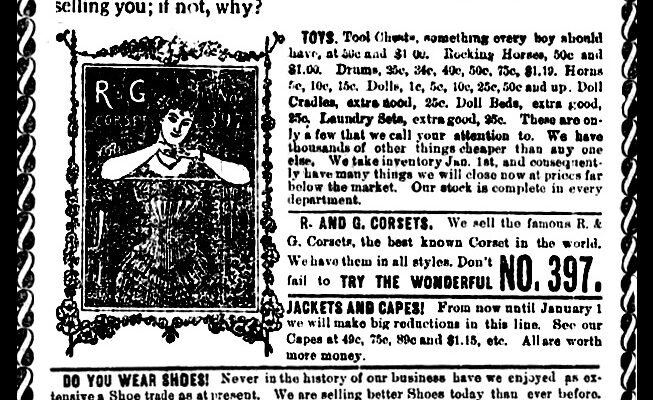During Christmas 1899, the Comet newspaper had for some time made an observation that Northern publishers dominated the field for magazines, leaving potential Southern ones “sitting on the side of the dirt road.” The news publication felt there was a bona fide need for a first class Southern magazine, reflecting the best literary talents of the South.
The answer, they surmised, was to convert the existing “Sunny South” weekly magazine, which had been in publication in the Southern states for 80 years, into a high-class literary monthly one. The first monthly edition, dated December 1899, had a Christmas theme, consisting of an 86-page book printed in color and handsomely illustrated. It contained the beginning of a new story, “The Professor's Secret,” by Mrs. Mary E. Bryan, “Little Davie,” a short story by Joel Chandler Harris and many other good articles.
From beginning to end, it was filled with splendid, original matter. The cover page carried a poem, beautifully illustrated, from Frank L. Stanton. The magazine's annual cost was one dollar, which included a bonus to those who subscribed at once – Readers received a Christmas present free and post paid of Shakespeare's complete works.
The bonus book was described as being an immense and beautiful edition, containing 487 pages and over 50 elegant engravings. It measured 8×12 inches and weighed over 2 pounds. It was printed on high quality white paper and bound in leatherette, a flexible binding.
Surprisingly, the publisher made another offer. Anyone desiring to view sample pages of the book, revealing a portion of its reading matter, could drop a line to the publisher and receive sample pages to examine. Anyone displeased with the magazine would be promptly refunded.
 Newspaper Advertisement from 1899
Newspaper Advertisement from 1899
In that same issue, The Comet featured a clever, humorous and educational poem, not about Christmas but about how many bones are in the human body:
“How many bones in the human face? Fourteen, when they're all in place.
“How many bones in the human head? Eight, my child, as I've often said.
“How many bones In the human ear? Four in each, and they help to hear.
“How many bones in the human spine? Twenty-four, like a climbing vine.
“How many bones in the human chest? Twenty-four ribs and two of the rest.
“How many bones the shoulders bind? Two in each-one before, one behind.
“How many bones in the human arm? In each arm one, two in each forearm.
“How many bones in the human wrist? Eight in each if none are missed
“How many bones in the palm of the hand? Five in each with many a band.
“How many bones in the fingers ten? Twenty-eight and by joints they bend.
“How many bones in the human hip? One in each, like a dish they dip.
“How many bones in the human thigh? One in each and deep they lie.
“How many bones in the human knee? Two in each, we can plainly see.
“How many bones in the ankle strong? Seven in each, but none are long.
“How many bones in the human foot? Five in each as the palms are put.
“How many bones in the toes half score? Twenty-eight, and there are no more.
“And now altogether these bones wait.”

Comments are closed.